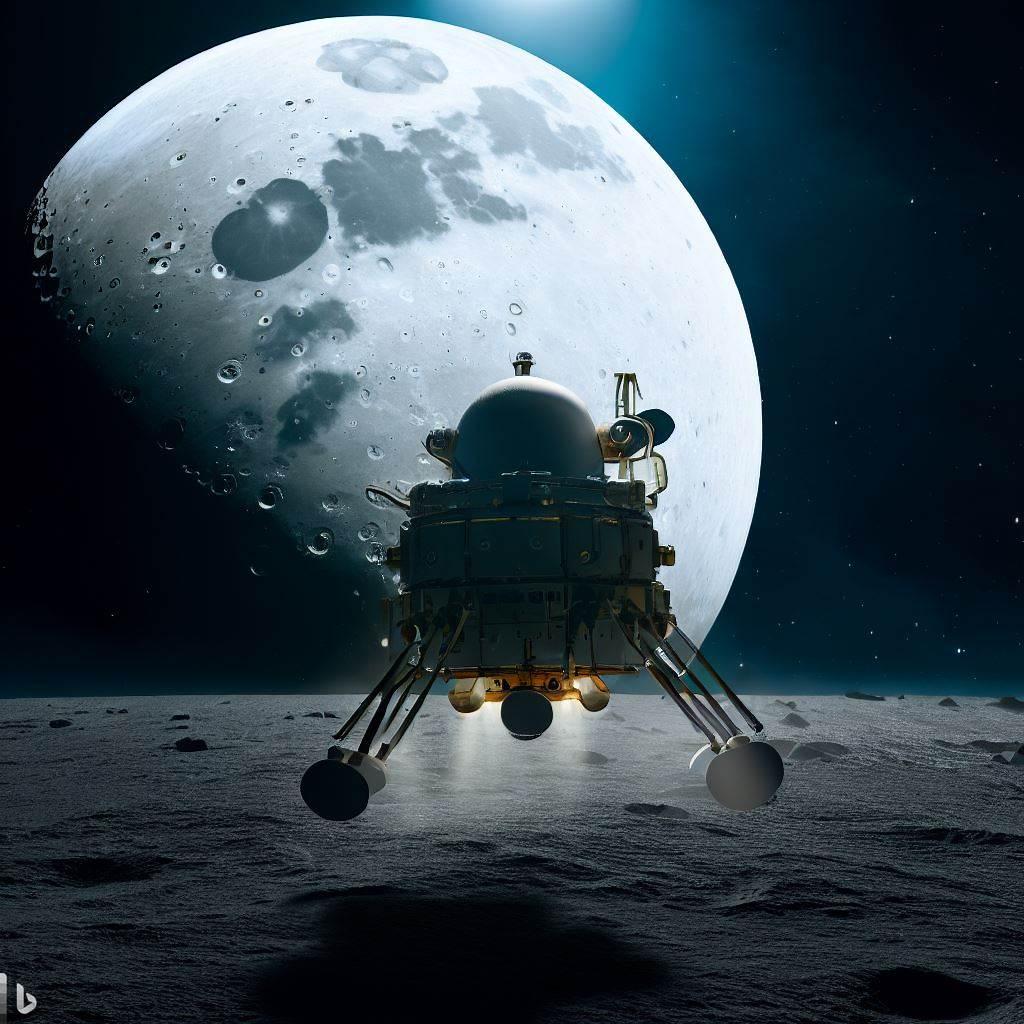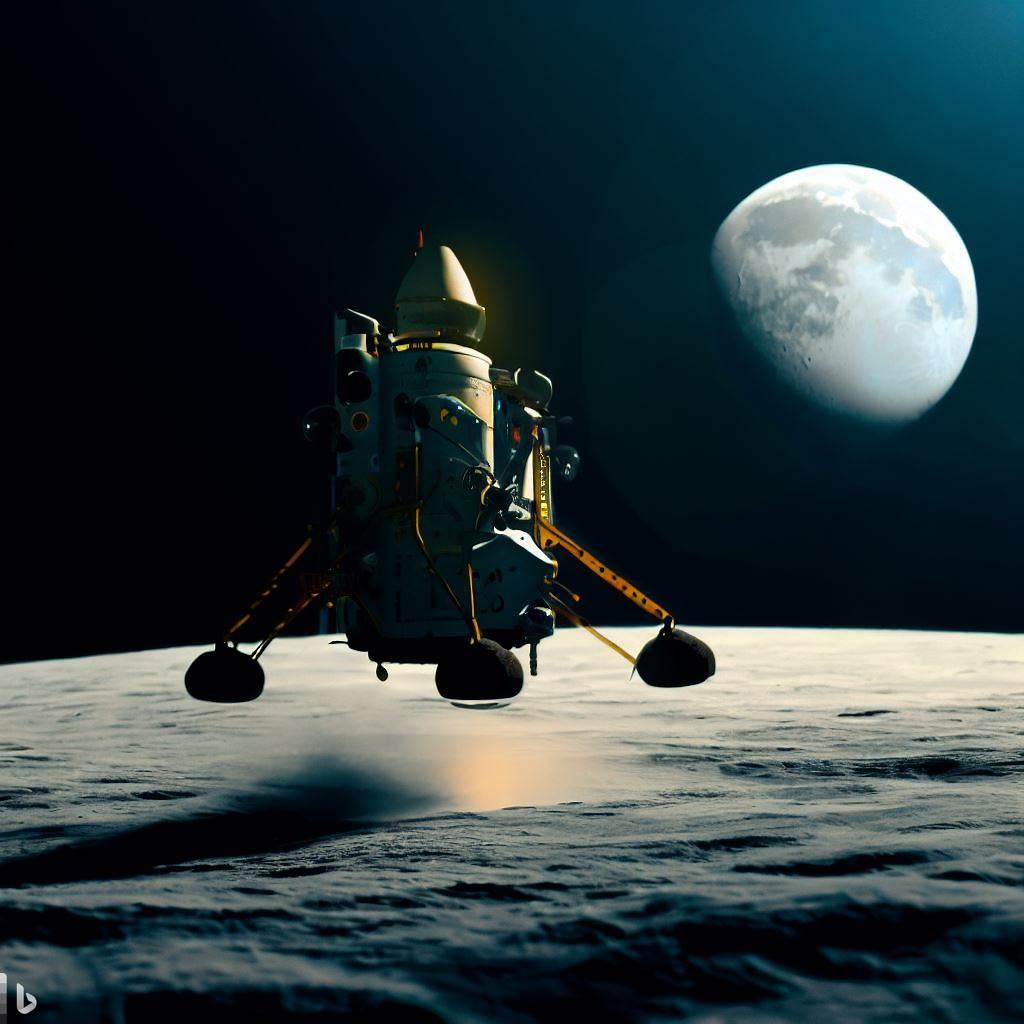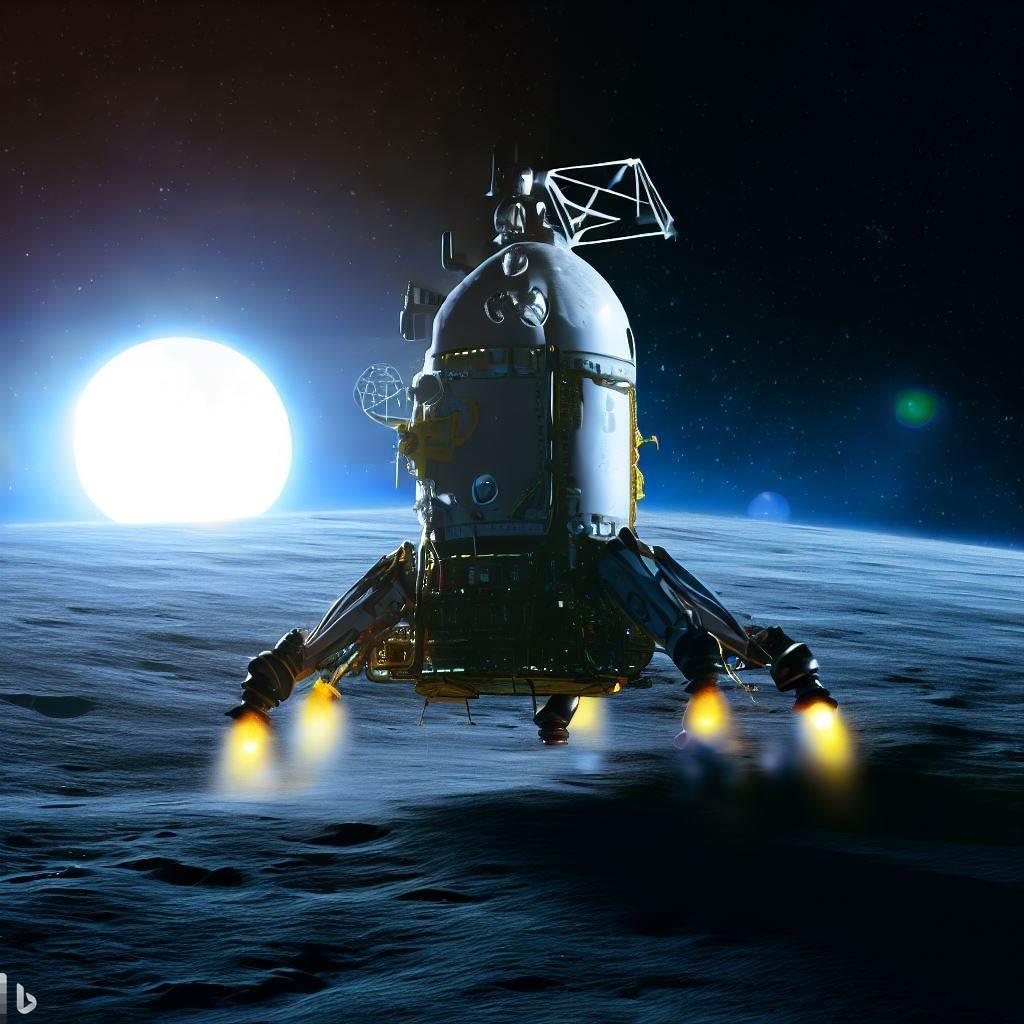India’s Chandrayaan-3 lunar rover aims to test critical technologies for future lunar habitation and human spaceflight. The rover will demonstrate extracting metal from lunar soil using heating, chemical leaching and electrolysis. Autonomous navigation using vision systems will help the rover maneuver difficult terrain. Special insulation and heating will allow survival in extreme temperatures. Laser communication systems with higher data rates than radio will be tested. If successful, the technologies demonstrated can support India’s human spaceflight goals, increase scientific knowledge of lunar resources and geology, and validate key lunar base technologies.

Points covered:
• Technologies for future lunar habitation and human spaceflight
• Extracting metals from lunar soil
• Autonomous navigation and maneuvering of difficult terrain
• Survival technologies for extreme temperatures
• Testing of laser communication systems
• Supporting human spaceflight goals and lunar science
• Validating Chandrayaan-3 successfully landing on the Moon:
India Makes Historic Moon Landing with Chandrayaan-3
Bengaluru: The Indian Space Research Organization (ISRO) successfully landed its Chandrayaan-3 spacecraft on the Moon today, making India the fourth country to soft land on the lunar surface.
The landing took place at around 1:45 PM IST at a high plain between Simpelius N and Manzinus C craters, located at 70° south latitude and 30° east longitude on the Moon’s south polar region. The entire descent and landing process, from entering the lunar orbit to touching down on the surface, took around 15 minutes and concluded precisely as planned.
Chandrayaan-3 lifted off on board the GSLV MkIII rocket from Sriharikota on July 22nd, 2022 and entered the lunar orbit on August 5th after performing several orbit raise maneuvers. It then carried out detailed braking maneuvers over the past few days to lower its altitude for the landing today.
The lander module named ‘Vikram’, named after ISRO’s first lunar lander, had the Pragyan 6-wheeled lunar rover attached to it. After the lander successfully touched down, the rover was deployed on the lunar surface within a few hours. ISRO chairman S Somnath announced that both systems are in excellent health and initial communication checks have been successful.

Pragyan began carrying out experiments to analyze the lunar soil and mineral composition, radiation environment and other parameters. Data received today show that the systems are performing per expectations. Over the next one lunar day (14 Earth days), detailed studies of the south polar region will be conducted.
With the successful landing of Chandrayaan-3, India has demonstrated its low-cost capability to explore the lunar surface. The Moon’s south pole region holds considerable scientific interest due to the possibility of availability of water in permanently shadowed areas. The technologies demonstrated are an important step for future manned Indian missions to the Moon.
This achievement has boosted India’s stature as an emerging space power with low-cost and effective space exploration capabilities. It is being seen as a positive outcome after ISRO’s setbacks with Chandrayaan-2 in 2019. Today’s success moves India one more step closer towards achieving the goal of sending Indian astronauts into space under the Gaganyaan program.

